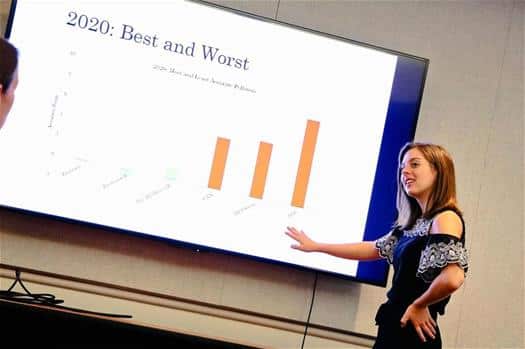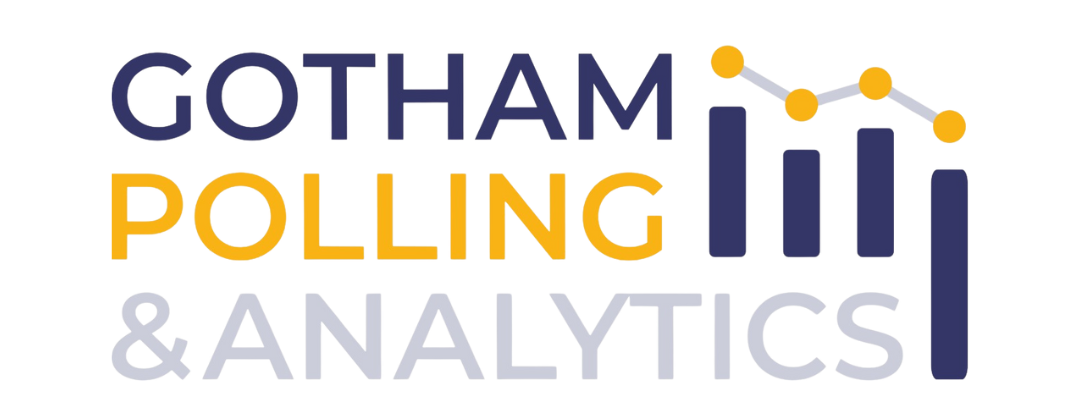How Do Local Governments Use Polling Data?
How Do Local Governments Use Polling Data?
by Gotham Polling

Local governments are increasingly turning to data-driven strategies to inform their policies and initiatives. One crucial tool in this endeavor is polling data. In this blog post, we explore how local governments use polling data, with a special focus on Municipal Pollingpractices. With insights gathered from various municipal case studies and real-world applications, this discussion will illuminate the ways in which polling informs decision-making, shapes policy, and ultimately improves the lives of community members.
Understanding the Role of Polling in Local Governance
Polling data serves as a vital source of public opinion, enabling government officials to gauge community needs, assess public sentiment, and prioritize initiatives. Local governments use this information to:
Shape Policy Decisions:By understanding what constituents value, officials can tailor policies to address pressing community issues.
Allocate Resources:Polling insights help determine which programs require more funding or support.
Enhance Transparency:Sharing polling results with the public builds trust and creates opportunities for dialogue.
Measure Impact:Polls offer a method to evaluate whether past initiatives have achieved their desired effects.
These aspects highlight the significance of Municipal Pollingas a tool that bridges the gap between government actions and community expectations.
How Polling Data is Collected and Analyzed
Local governments rely on various methods to gather polling data. Traditional phone surveys, in-person interviews, and online questionnaires are among the common techniques. The increasing adoption of digital platforms has expanded the reach of these surveys, making it easier to collect data from a broader demographic. Municipalities now use sophisticated analytics software to process and interpret this data, which in turn helps them pinpoint specific issues that may not be apparent through other methods.
Methods and Tools
Online Surveys:Quick and cost-effective, these tools provide immediate insights into public opinion.
Focus Groups:These allow for a more in-depth discussion of specific issues, offering nuanced perspectives that complement broader polling data.
Public Forums:Direct interactions with community members offer a platform for gathering qualitative data.
Each of these methods, when combined, forms a comprehensive picture of the community’s stance, ensuring that the decision-making process is both informed and democratic.
Case Studies: Real-World Impact
Across the country, many local governments have seen tangible benefits from using Municipal Polling. For example, a mid-sized city might use polling to decide between two competing proposals for park renovations. The collected data not only reflects a clear preference among residents but also helps policymakers refine the project to better meet public expectations. Such real-world applications demonstrate the practical value of polling data in enhancing the effectiveness of local government initiatives.
Benefits of Integrating Municipal Polling
Enhanced Community Engagement:Polling creates channels for citizens to express their views, resulting in more inclusive governance.
Better Policy Formulation:Data-driven insights ensure that policies are rooted in the actual needs of the community.
Resource Efficiency:By understanding priorities through polling, local governments can allocate budgets more effectively.
Increased Accountability:Publicly available polling data serves as a benchmark for government performance, promoting transparency and accountability.
The Future of Polling in Local Government
As technology continues to evolve, so too does the potential of Municipal Polling. With advancements in data analytics and digital engagement tools, the accuracy and scope of polling data are set to improve dramatically. Future trends may include real-time polling integrated with social media analytics, offering even more precise insights into community sentiment.
Conclusion
Polling data is not just a tool for measuring public opinion—it is a cornerstone of modern governance. Local governments that invest in Municipal Pollingcan make informed decisions, tailor their policies to community needs, and enhance overall public trust. For those looking to explore innovative approaches to civic engagement and policy evaluation, Gotham Polling & Analytics, is an excellent resource for further insights and professional guidance. By leveraging the power of polling data, municipalities are not only improving their decision-making processes but also paving the way for more responsive and accountable governance.

